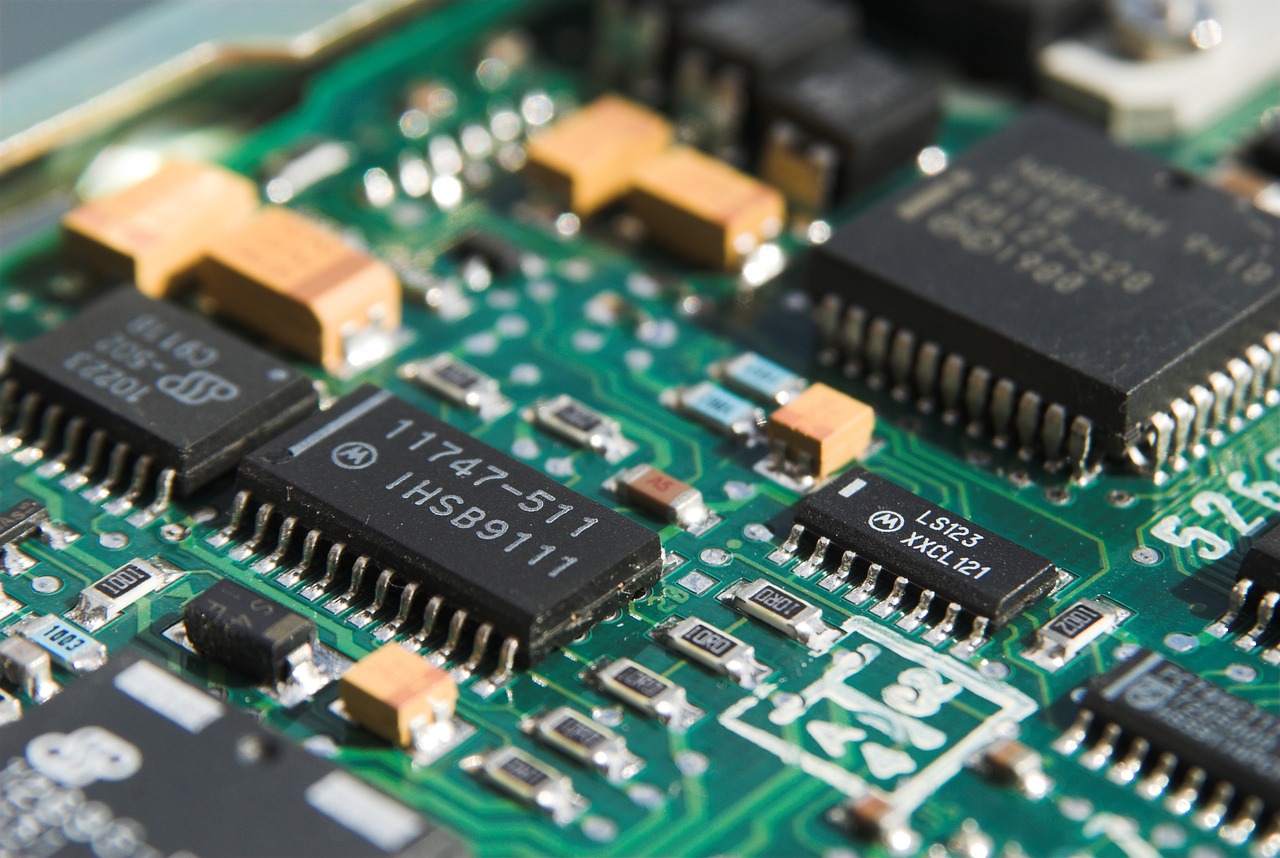If you’re new to PC building, picking a motherboard can look quite intimidating. We’re here to smash it down and make clear the basics of chipset compatibility for Intel and AMD processors and what features to watch out for when choosing a motherboard!
What is a Motherboard?

A motherboard is a circuit crate that connects all the parts of a computer. Motherboards can be monolithic or modular. Monolithic refers to motherboards that don’t give you the choice of modifying inner parts (like Macs). Modular refers to motherboards that let you modify and exchange parts (Dell).
Why Is It Important To Choose The Right Motherboard?
Graphics cards and processors generally use up the majority of build budgets, but choosing the best motherboard is in many ways the most vital part of your PC build. Every element of your PC plugs into it, its form factor says the size of your computer, and its chipset / CPU socket define what kind of processor you can install.
The thing you need to consider before buying a perfect motherboard for pc:
There are plenty of motherboards out there. One of the most common questions we get is on lessening the options of motherboards for builds; with many retail websites in a straight line copying vendor specifications, it’s tough to identify precisely who to trust.
When buying for a motherboard, we usually look into warranty coverage, company reputation, brand reliability, build quality of the board, and the other characteristics. Driver support and other common compatibilities are also game changers.
Before anything, though, the parts must be fit. Here’s what you have to look out for when checking for:
CPU Socket Type: The CPU itself should work with the motherboard. Confirm the socket type of the chosen CPU (which we often select before the motherboard) and the motherboard, make sure that they match. AMD CPU sockets are generally listed as AM3, AM3+, or FM; Intel socket types are all prefixed with LGA (LGA1155, LGA1366, LGA775, etc.).
Supported RAM Modules: Continuously check the website of the motherboard’s manufacturer for the thorough and full list of supported memory modules; also if RAM hangs within the limitation of the hard specs, the board may have issues entirely supporting it. Stay away from these troubles by checking the lists.
Ports & Slots: This one doesn’t require to be checked with as much caution as the others, but it’s still essential (primarily with smaller form factor boards) to briefly scrutinise. Make sure expansion card slots are up-to-par with video cards and other devices, in the same way, review the specs of SATA ports and make sure that SATA 6Gb/s ports are prevalent.
Memory Frequencies:
In addition to the next note about specific RAM module support, always be sure to inspect the motherboard’s natively-supported frequencies and maximum overclock frequencies for memory.
Everything else can be added in the extra features category, which is still essential – just not nearly as significant as hard specs.
Let’s list out some of the traits that we look for when deciding a motherboard-
Main Features
- A modernised chipset like Z68, Z77, or X79 chipset for Intel.
- Support for IRT.
- SSD caching with SATA.
- CPU Unlocking.
- As many CPUs can have extra cores unlocked, CPU unlocking will assist you in taking full advantage of your chip.
- Onboard USB 3.0 headers.
- WARRANTY SUPPORT! A motherboard breakdown could mean weeks out of the game if time is spent waiting for shipments
- SLI/CrossFireX support.
- There’s support for on-chip (IGP) graphics in case dedicated card is missing.
Overclocking Features
- High-frequency memory support (example: 2800+ OC).
- Extreme Memory Profiles for Intel boards will tolerate higher memory overclocking and enhanced performance.
Build Quality
Scrutinise the images of the motherboard — check for heatsink placement, quality of materials, and on the whole design of the board. Nicer motherboards will often feature two bigger heatsinks on each side of the CPU (top, left) and one heatsink on the northbridge. See a board that is $50 over your budget to get a sense of what is out there, then use that as the leading standard for boards within the budget; try to decide what comes resembling in words of design and quality materials.
Accessories
- Proprietary firmware/software functionality — examples: ASRock’s XFast technology.
- UEFI BIOS: While not mandatory, few UEFI-enabled BIOS options have more easy feature-sets.
There are many more to list!
The above should present a good synopsis for what’s worthy of consideration. If you believe we’ve dropped something, comment below, and we’ll add it or tell why it was dropped out!
Many of the points that motherboards sport are meant to improve the usage, so they aren’t necessarily instantly helpful (or even noticeable) when the system is operating.
Also Read: How To Factory Reset Your Android Phone
Leave a Reply